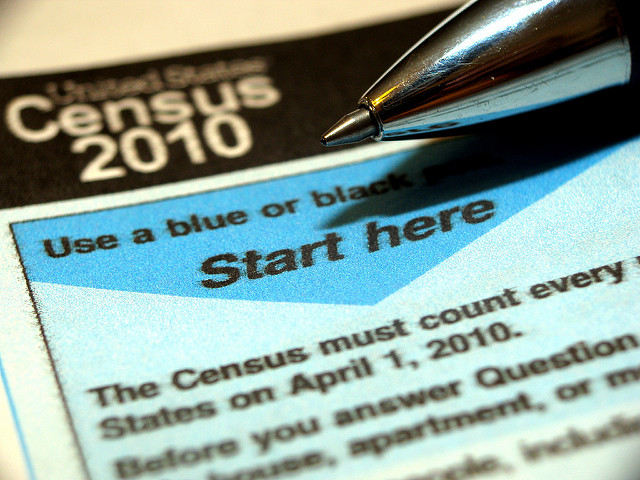
The multiracial population in the United States has grown at a significant rate since 2000 — three times faster than the general population. For the first time, the 2000 national census enabled individuals to choose multiple racial categories. However, racial identities are subjective, contextual, and fluid, making the categorization of racial identity an extremely difficult task. In a recent article in The Atlantic, sociologist Robyn Autry discusses the Census Bureau’s data cleaning process, which attempts to reconcile these ambiguities in racial identity, often at the expense of an accurate representation of people of color in the United States.
In the 2010 census, the Pew Research Center found that 9.8 million people reported a different racial or ethnic background than they had previously in 2000. To account for this, previous data is “cleaned” by changing or deleting responses from these individuals. Even with over 60 different options capturing racial descent in the 2010 census, individuals’ racial identities may be more nuanced than the census can account for. According to Autry,
“Some people bristle at being asked to reduce the complexity of their self-perceptions into a singular choice. The ‘check-this-box’ mentality of the census is at odds with the more fluid and ambiguous self-perceptions of the population: people originating from outside the country, for example, or those habituated to customizable digital profiles, like those on Facebook, which appear to revel in the uncertainty of multitudinous identity. If anything, these digital tools have helped accelerate citizens’ willingness to self-identify in categories broader than those provided by the government — and even to demand to be able to do so.”
It seems the census has been slow to reflect the changing and dynamic atmosphere of racial identity in the United States over the last few decades. According to Autry, the census is more than just numbers and categories:
“A simple count of the population remains ideologically loaded. These data are not neutral or objective information about the population. Instead they reflect changing political priorities and techniques to grasp how the country’s population is seen — and how resources are made available to them.”

Comments 1
kimast das — December 22, 2022
When all thigs does not matter then only one things matter.
OptOnline